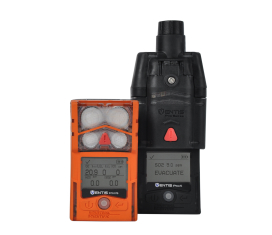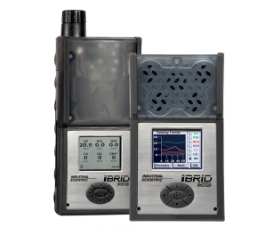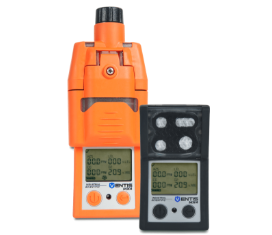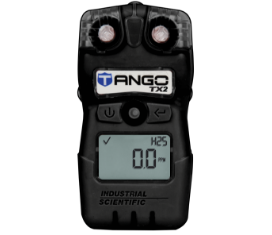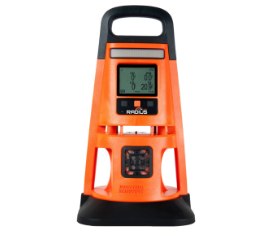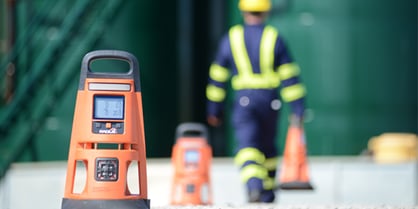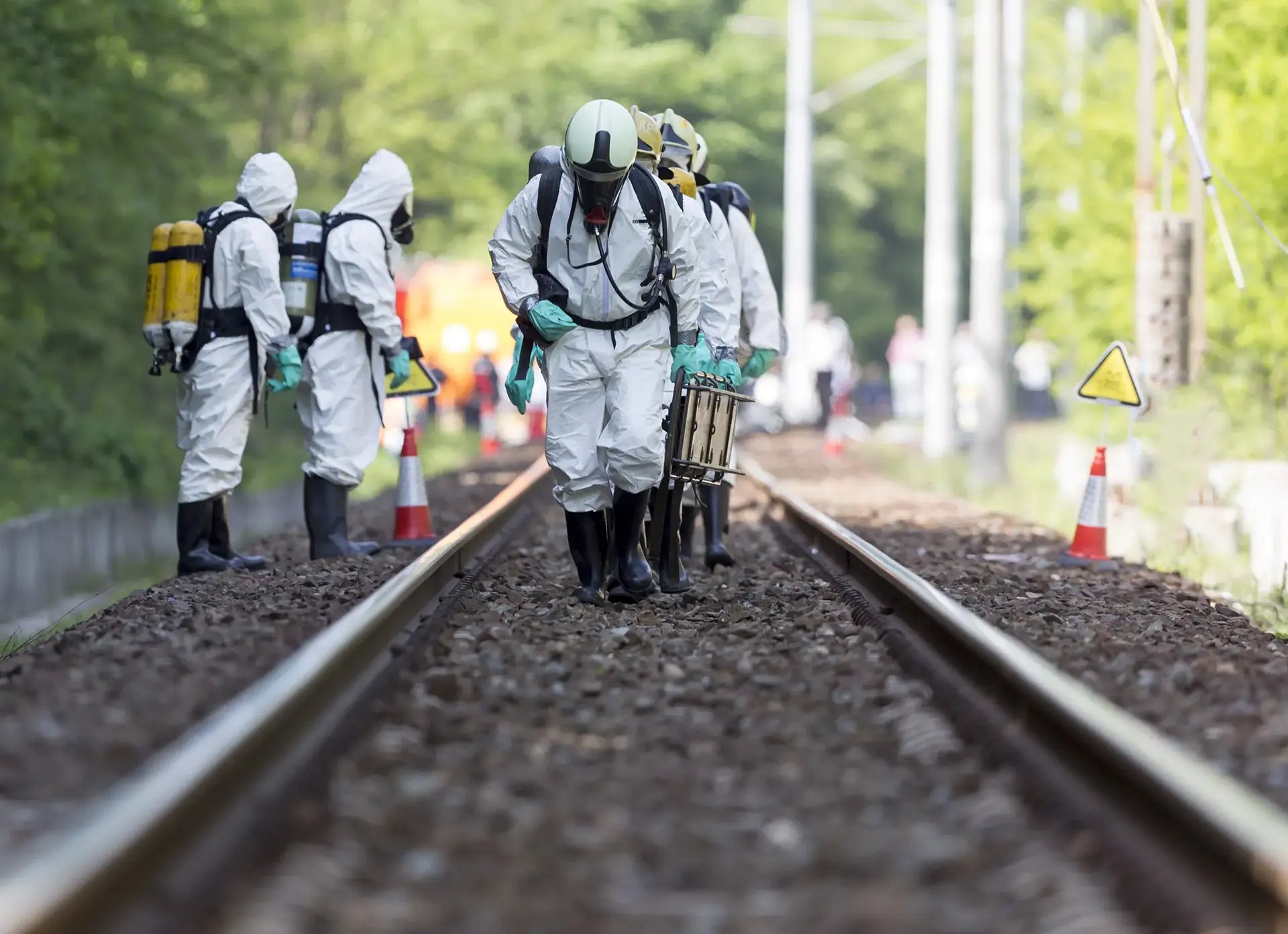
Hazmat
At the scene of a hazardous materials incident, first responders are responsible for protecting lives, property, and the environment. In many cases, when emergency responders arrive at a scene, they are unaware of whether they are entering an area with harmful or deadly chemicals. Visibility into hazards is crucial for hazmat workers because exposure to toxic gases can cause acute and chronic health concerns and combustible gases threaten fire or explosions at certain concentrations.
Some common gases to monitor for in hazmat incidents include:
Personal gas detectors identify and quantify the presence of toxic and combustible gases, allowing emergency teams to take measures to protect themselves and others. The Ventis® Pro5 personal multi-gas monitor can detect up to five gases and share readings and alarms with peers and safety leaders wirelessly, so everyone is informed about the dangers on site. By continuously monitoring the scene and establishing perimeters with area monitors like the Radius® BZ1, responders also remain aware of changing or deteriorating atmospheric conditions. Fence-line monitoring combined with dynamic plume modeling software like SAFER One provides visibility into hazards and how they might migrate to impact the scene or surrounding community.
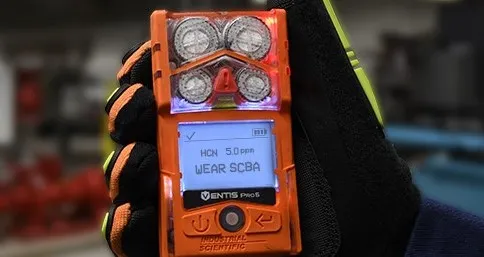
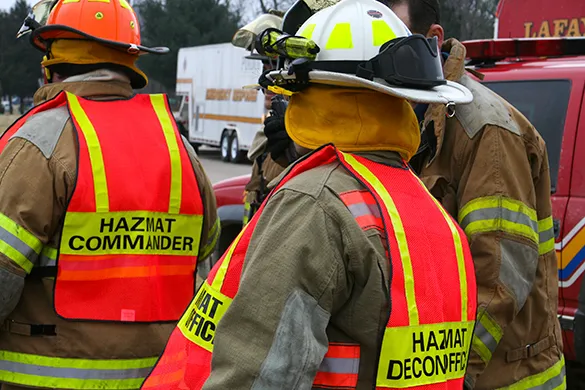
Area monitors, like the Radius BZ1, should be placed anywhere gas hazards may be present, for example, a large room with a refrigeration system. The area monitor can alert you to dangers that you otherwise wouldn’t detect until a worker entered the room while wearing a personal gas detector. Area monitors can also share readings with portable monitors so workers nearby know when and where there’s a leak and they can prepare before approaching the area.
The food and beverage industry is heavily-regulated—by equipping your workers with the right gas detectors you can keep your worksite compliant and most importantly, make sure they get home safely every night.
-
Multi-Gas Monitor
Ventis Pro5
Detect up to five gases and connect teams with alarm sharing and remote live monitoring. A man-down alarm, panic button, and custom on-screen messages make it easy to communicate in an emergency.
View the Ventis Pro5 -
Multi-Gas Monitor
MX6 iBrid
Detect up to six gases with hundreds of possible sensor combinations and an internal motorized pump. The MX6 iBrid multi-gas meter adapts to provide advanced gas detection for sampling and permitting tasks.
View the MX6 iBrid -
Multi-Gas Monitor
Ventis MX4
Detect up to four gases with an ultra-portable, rugged multi-gas meter. Eliminate the need for extra monitors and seamlessly transition from personal monitoring to confined space sampling with a slide-on pump.
View the Ventis MX4 -
Multi-Gas Monitor
Tango TX2
Detect two gases with individual sensors to increase alarm accuracy, reduce unnecessary shutdowns, and improve incident data quality. A two-year run time for this multi-gas meter eliminates the need for charging infrastructure.
View the Tango TX2 -
Area Monitor
Radius BZ1
Loud alarms, bold LED lights, and customizable action messages cut through even the busiest work areas. Local and remote monitoring means that both teams on-site and safety managers off-site know how to respond to hazards.
View the Radius BZ1
